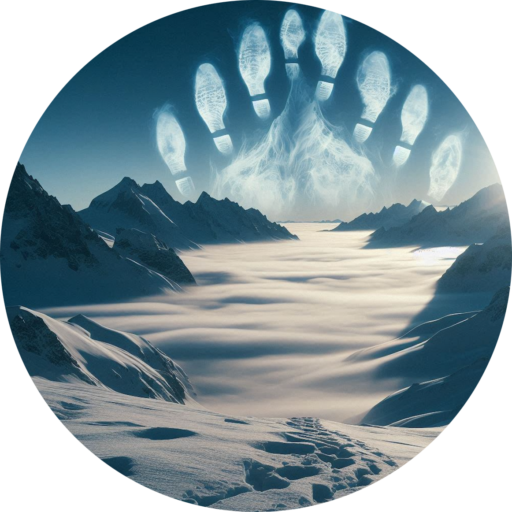How does the invisible human footprint affect the quality of snow in Courmayeur?
A project for the Interdisciplinary project of the IB diploma programme at Collegio San Carlo, Milan
Made by Niccolò Manetti, Bianca Martelli, Filippo Sisto Besozzi, Luca Gianetti

The four subjects
HISTORY
We connected our research to History by studying Courmayeur’s history to see if there is a connection between it’s high levels of tourism and the pollution in its snow.
CHEMISTRY
We have studied the pH of the different water types used.We have studied the pH of the different water types used.
BIOLOGY
We connected our research to Biology by studying the growth of plants as they are watered by 3 types of water; tap water, snow from the first week of December and snow from the second week of December. (the snow was taken from Courmayeur)
ECONOMICS
We analyzed the number of tourist arrivals and the total overnight stays in the Valle d’Aosta between 2019 and 2023.
HISTORY
Courmayeur over the years
Courmayeur, located at base of Mont Blanc, was first settled by the Romans back in the 2nd century BC.
The village was added to the map in 1786.
After Mont Blanc was summited in 1786, Courmayeur became known as Italy’s designated mountain climbing capital.
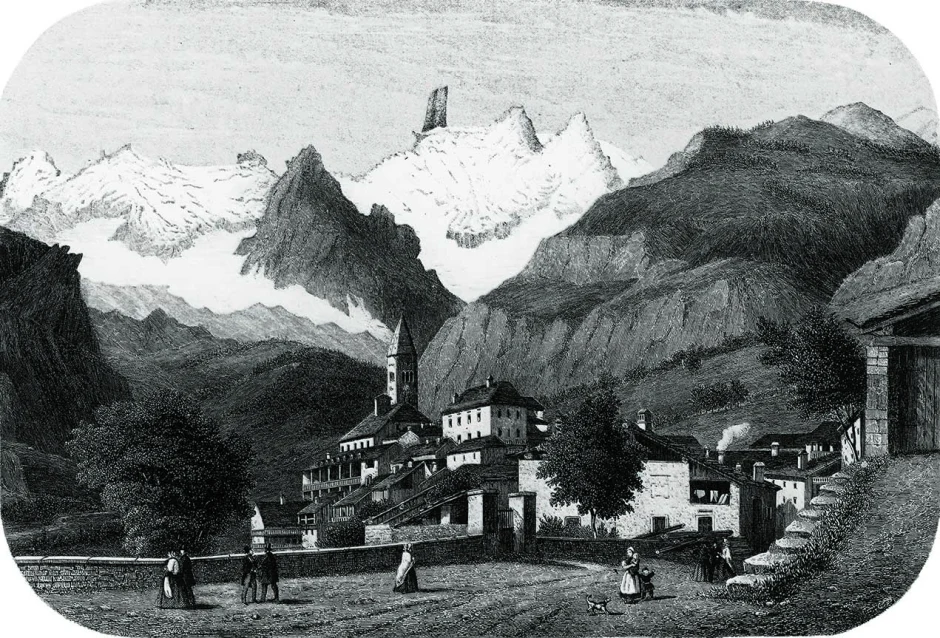
Courmayeur is the first town in Italy to have a mountaineer guide company which then helped develop and improve tourism in the area over the years.
Tourists mostly populate Courmayeur, with only 3000 people living there as permanent residents.
The source used to gather this information does not explain how tourism negatively affects the environment as it is one of Courmayeur’s travel agencies. Offering a purely promotional perspective on the history of Courmayeur.
The high levels of pollution are caused by the tourists whose activites pollute the area, affecting the water and the air. As evidenced by the plants we grew using the snow water from Courmayeur, we can show how the acidity in the snow caused by pollution negatively affects plant growth. Helping make the invisible human footprint visible.
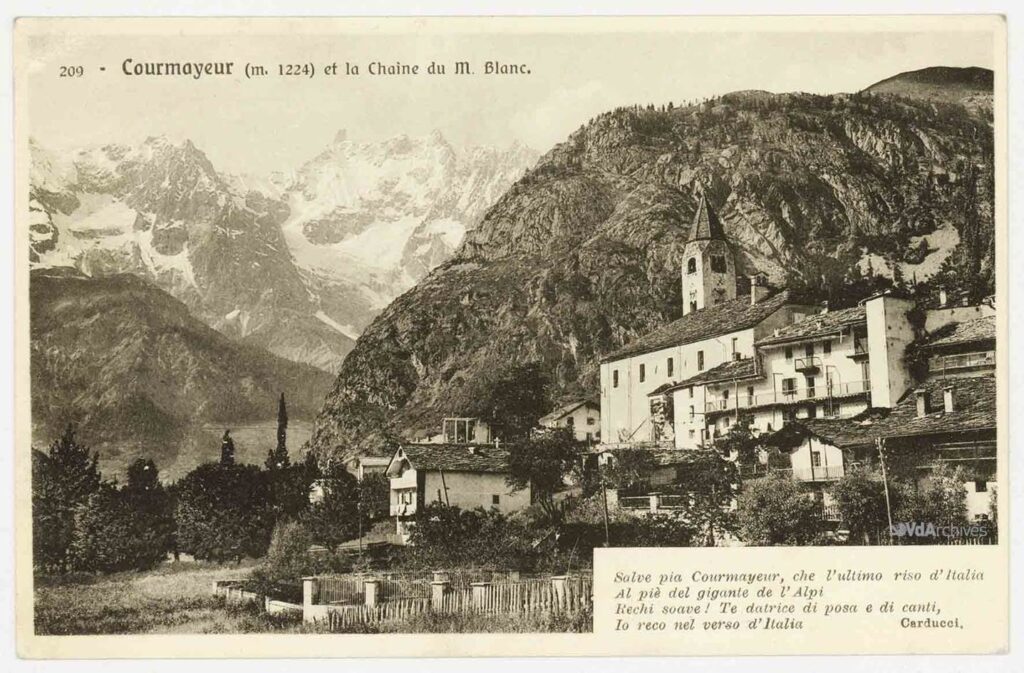
After the Second World War, Courmayeur’s residential population boomed, growing 23.2% between 1951-1991.
This growth, along with the popularity of sports and leisure time, fueled the development of the town as a ski and summer resort, making it a proper urban center.
There are more vacations homes than residential homes to accommodate the tourists.
Many, like geographer Mario Fumagalli believe that continuous elevated levels of tourism are putting extreme pressure on the environment, and eventually, natural resources might vanish.
Fumagalli believes that if the invisible human footprint isn’t highlighted by showing the effect caused by tourism in Courmayeur, we won’t be able to prevent the devastation before it’s too late.
As a result of the ecological perspective that he offers, this source is effective in conveying how tourism is adversely affecting the environment.
By connecting our other subjects (chemistry, biology, and economics) to history, we can see how the history of Courmayeur, marked by its high level of tourism that pushed forward its economy, is related to the prominent levels of pollution in the snow and how it affects the growth of plants.
We measured lower levels of pollution in the snow of Courmayeur than the levels of pollution present in Milan’s water. However, additional efforts need to be enacted in order to further reduce the human footprint caused by tourism. One possibility would be to limit and regulate the number of tourists in the area.
CHEMISTRY and BIOLOGY
THE PLANTS
We gathered 3 identical plants, and we irrigated them with 3 different kinds of waters:
- Snow 1: Water gathered from the snow from the slopes
- Snow 2: Water gathered from the snow from the village of Courmayeur
- H20: tap water from Milan
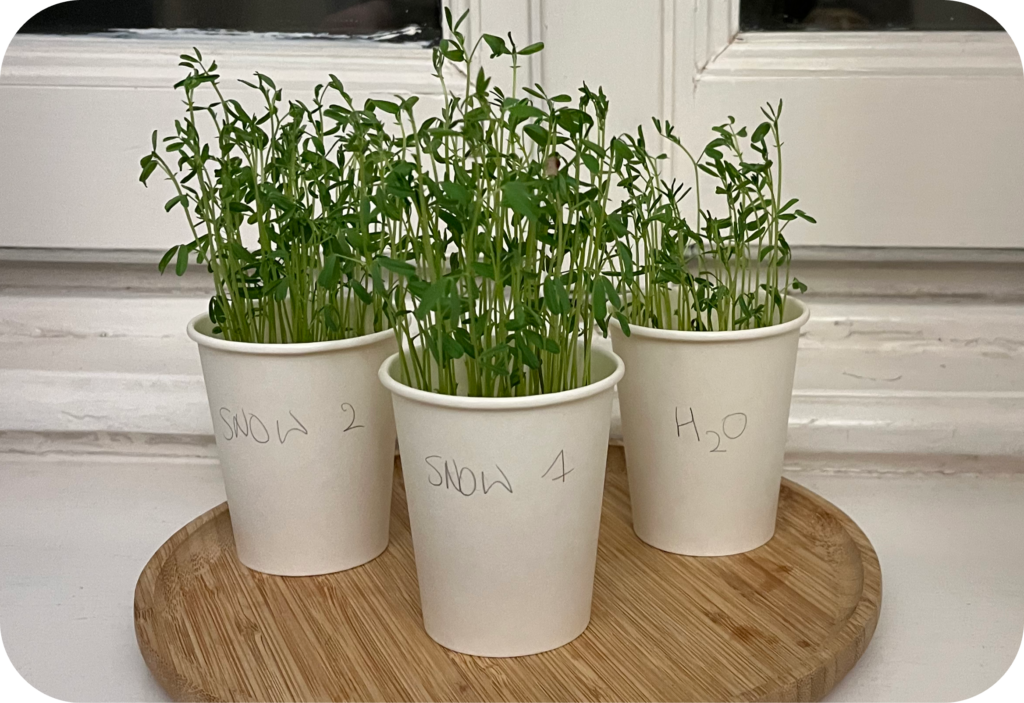
THE RESULTS OF THE EXPERIMENT: EXPLANATION and ANALYSIS

- Snow 1: The data taken shows that the growth of the plant with snow 1 is major in the beginning (from the 8th to the 13th of January), then no data was taken from the 14th to the 18th. However, we can see from the graph that the plants grew more in the beginning. Lastly, from the 19th to the 20th the plants grew 2 cm, which is a good length
- Snow 2: The data shows that the snow 2 used for the second plant had more impact on the plant, because it was snow from the village, while snow 1 was from the slopes. Therefore we can see that it had a similar growth in the beginning, so from the 8th to the 13th, but then in the end, the plant that grew with snow 1 grew 2 cm more than the plant that we grew with snow 2
- H20: The data shows that the tap water in Milan had even more impact than snow 1 and 2, so it grew even less. It grew a significant 4 cm less than snow 1 and 2 cm less than snow 2
ECONOMICS
Tourism in Valle d’Aosta
The graph below compares the number of tourist arrivals and the total overnight stays in the Valle d’Aosta between 2019 and 2023. According to the data, both arrivals and overnight stays have significantly increased, with 2023 setting a record for regional tourism in Valle d’Aosta. The graph also shows that even though 2020 was a year with basically no tourism caused by the lockdown for COVID-19, Valle d’Aosta is one of the regions that recovered without any problems, and it seems that it didn’t have much impact on tourism
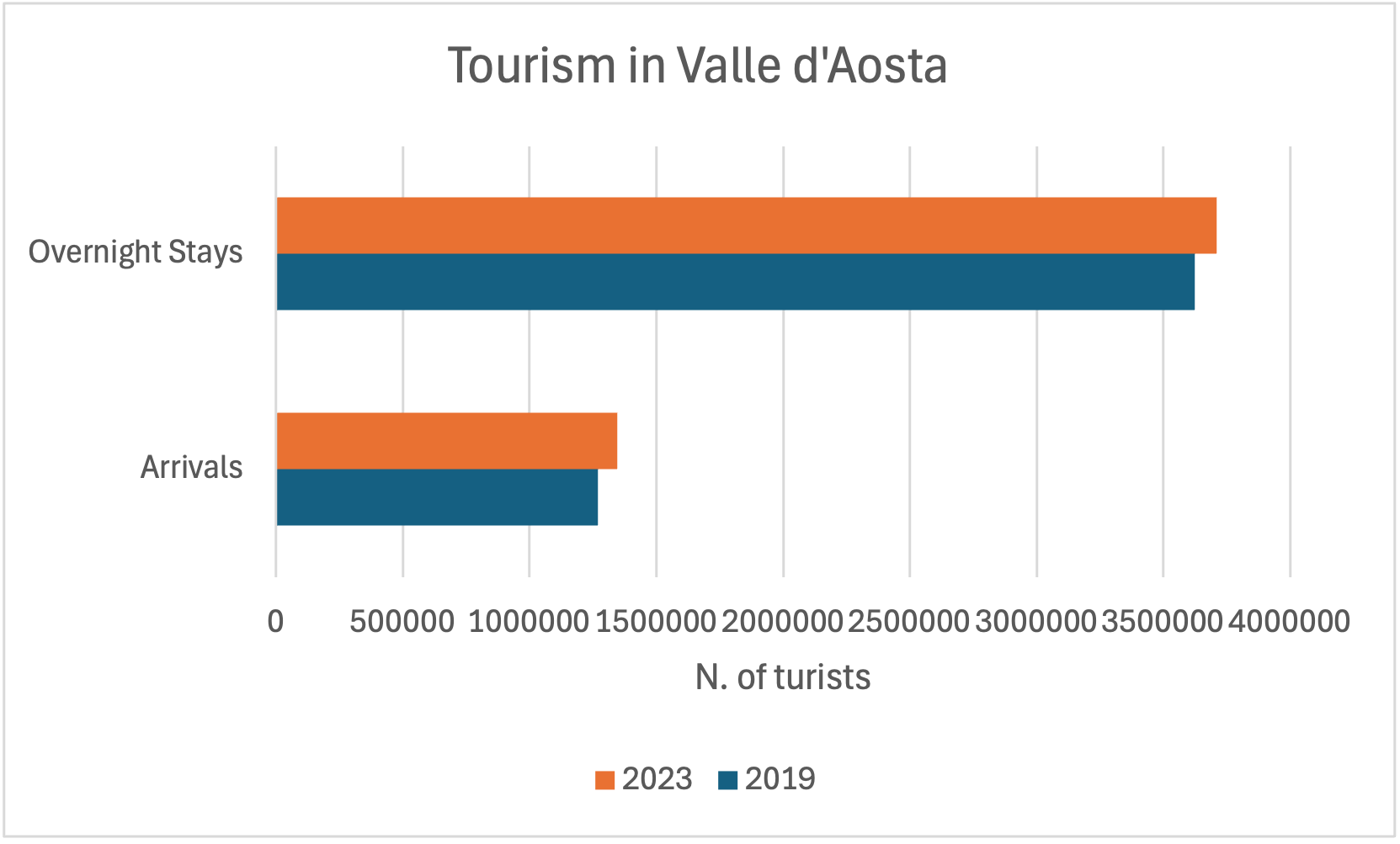
Key Points:
- Arrivals: In 2019, the Aosta Valley recorded 1,270,293 arrivals. This number increased to 1,345,191 in 2023, marking a significant rise in tourism.
• Overnight Stays: In 2019, there were 3,624,954 overnight stays, which increased to 3,711,069 by 2023.
Italian regions by GDP per capita
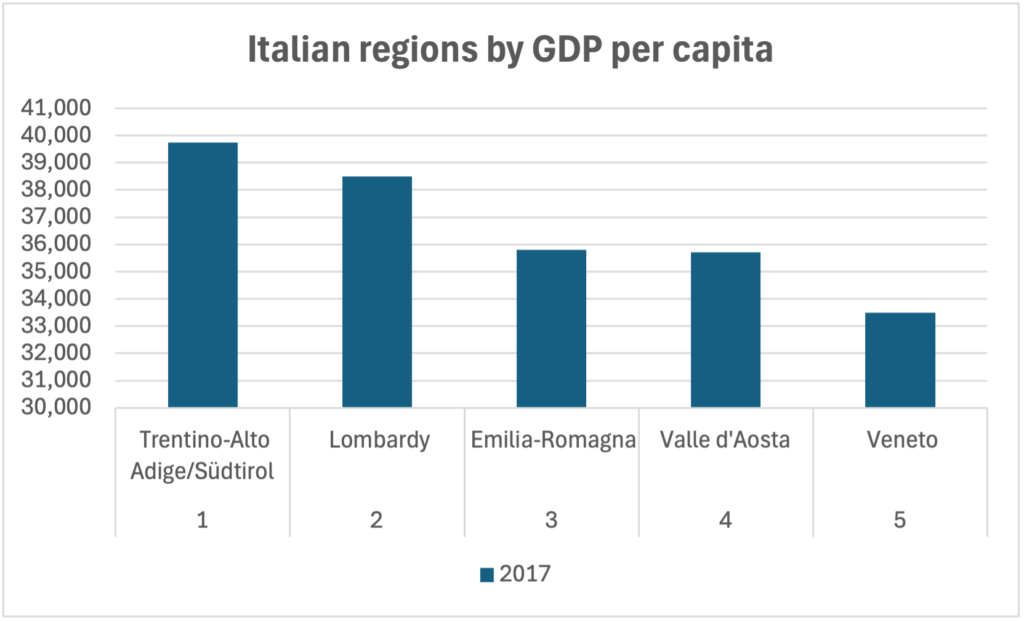
The graph above compares the Italian regions by GDP per capita. Valle d’Aosta, although it’s a very small region, is classified as one of the richest regions in Italy, by being 4th in this comparison. It has the 4th highest GDP per capita with 37.5 thousand compared to Veneto’s 33.5 thousand.
INTERVIEWS
We asked 2 volunteers who have a house in Courmayeur about their opinion on pollution, tourism, and snow consistency.
Interview with Leonardo Varisco
Interview with Ginevra Sisto Besozzi
“Courmayeur is not just a ski resort; it’s a magical combination of nature, sports, and relaxation. From the slopes of Mont Blanc to the charming village streets, it offers an unparalleled experience for all who visit.”

Alessandra Rossi
Travel writer
